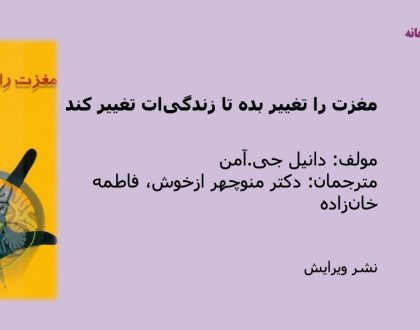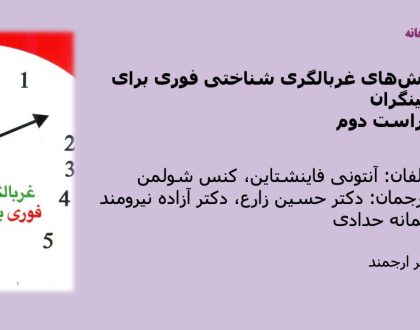Sensuality in Human Living The Cultural Psychology of Affect

Some book projects take long time to develop. This is one of those. I can trace its origins back to year 2000 when—in defiance to the usual preoccupation of child and adolescent psychologists with the emerging sexuality in adolescence I claimed that instead it is the heterosensuality (Valsiner 2000, pp. 284–۲۹۱) that unites the bodily fascination with sex with the higher affective constructions of new experiences by the inquisitive youngsters. It was the phenomena of adolescents’ feelings into their environment—and their bodily relations in traditional Gikuyu ngweko۱ practices as well as living together in the Muria ghotul۲—that fascinated me. It led me to look beyond the trivial “who has sex with whom and when?” gossipers’ question to the wider issue of affective embodiment in human lives. What is important for general human psychology of human beings is the meaningful relating with one’s body from the basic physiological processes upwards to the highest psychological functions of religiosity, ethical reasoning, and devotional practices.
Within the cultural psychology of semiotic mediation—which is the basis for my analytic efforts in this book—sexuality becomes subsumed into the more general domain of sensuality.
مطالب مرتبط

مغزت را تغییر بده تا زندگیات تغییر کند
۱ / تیر / ۱۴۰۳

روشهای غربالگری شناختی فوری برای بالینگران
۱ / تیر / ۱۴۰۳

هفت و نیم درس درباره مغز
۱ / تیر / ۱۴۰۳

